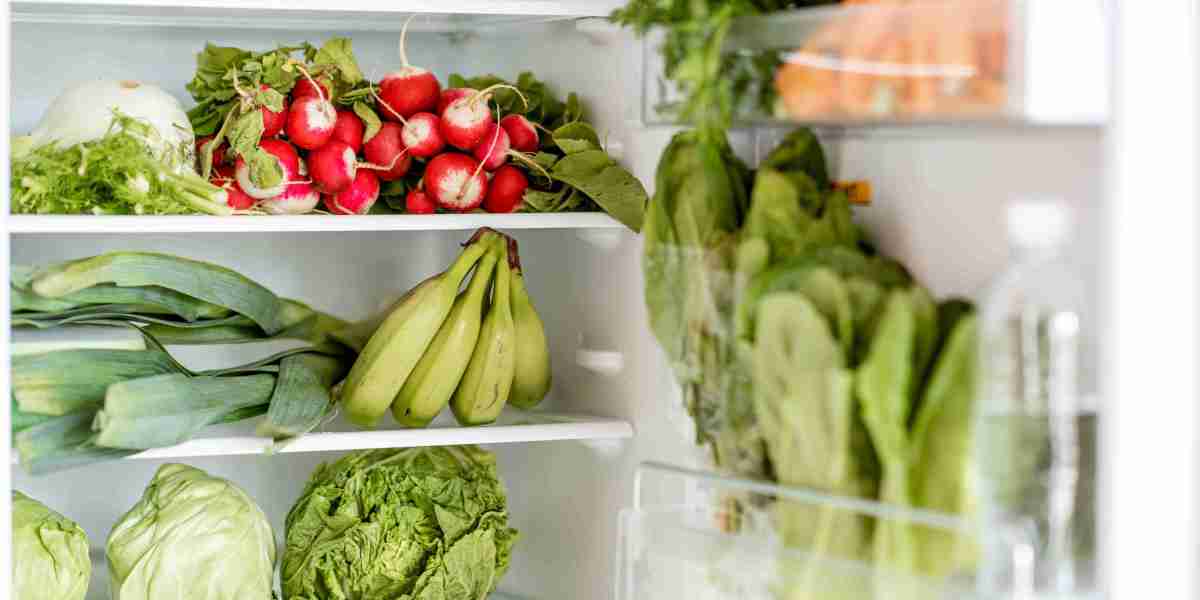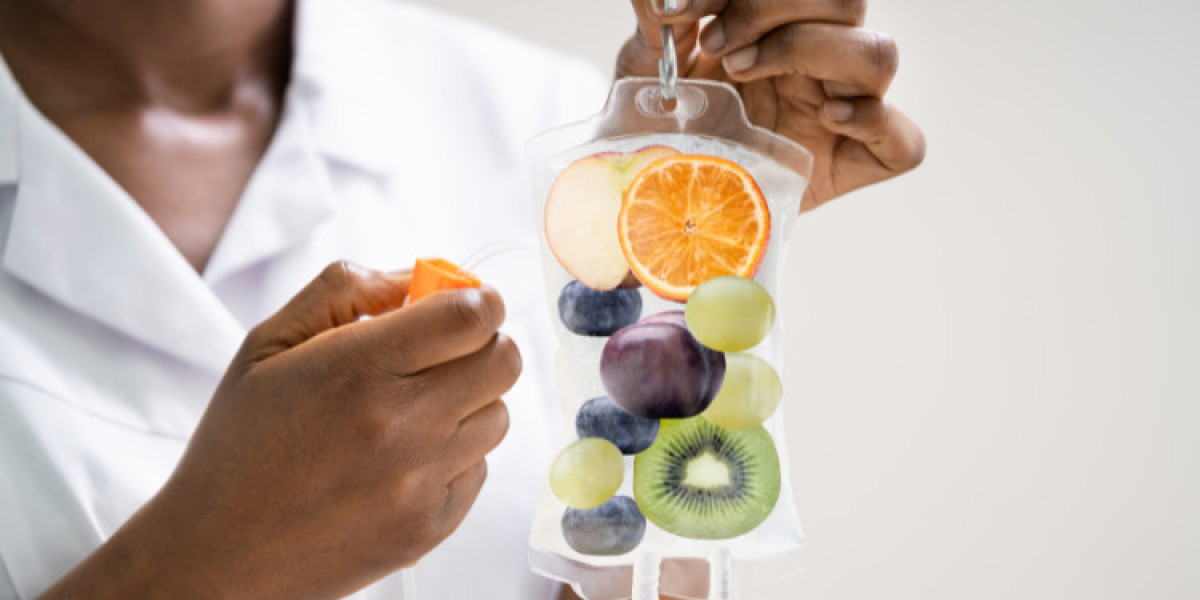Unlock the Secrets to Perfect Grilling: Your Ultimate Guide to Small Outdoor Gas Grills!
Small outdoor gas grills have become increasingly popular among grilling enthusiasts, and for good reason. They offer the perfect blend of convenience and efficiency, allowing you to enjoy outdoor cooking without the hassle often associated with larger grills. Imagine firing up a grill in your backyard or on a camping trip with minimal effort, thanks to the ease of gas ignition. Understanding the features, usage, and maintenance of these compact grilling machines is essential for anyone looking to elevate their outdoor cooking experience. Whether you're a seasoned griller or just starting out, this guide will provide you with valuable insights to make the most out of your small outdoor gas grill.
Understanding Small Outdoor Gas Grills
Small outdoor gas grills are designed to provide a compact yet powerful grilling solution for those with limited outdoor space or who prefer a more portable option. Typically, these grills are under 300 square inches of cooking area, making them ideal for small patios, balconies, or even road trips. One of the defining features of small gas grills is their fuel source—most operate on propane or natural gas. Propane grills are particularly popular due to their portability; you can easily transport a propane tank and set up your grill wherever you go. In contrast, natural gas grills require a fixed gas line, which can limit their location options but often provide a more cost-effective fuel source over time. Understanding these distinctions helps you choose the right grill for your cooking needs.
Key Features to Consider
When purchasing a small outdoor gas grill, there are several essential features to consider that can greatly enhance your grilling experience. First, the size of the grill should suit your available space while offering enough cooking area for your needs. Look for grills with at least 10,000 BTUs of cooking power, as this indicates sufficient heat for effective grilling. The quality of materials is also crucial; stainless steel or cast aluminum not only provide durability but also heat retention. Portability is another factor to consider: if you plan to take your grill on the go, look for lightweight designs with wheels and handles. Additional functionalities like side burners for warming sauces or storage options for utensils can also make your grilling experience more enjoyable and efficient.
How to Use Your Small Gas Grill Effectively
To get the best results from your small gas grill, it’s important to follow a few key steps during setup and cooking. Start by ensuring your grill is placed on a stable surface and away from flammable materials. Igniting the grill is straightforward—turn on the gas, and use the igniter button. Once lit, allow the grill to preheat for about 10-15 minutes. Controlling the temperature is essential for cooking different types of food; use the knobs to adjust the flame and follow recommended cooking times for meats and vegetables. For instance, burgers typically take about 4-5 minutes per side on medium-high heat. Experimenting with different types of food can help you discover your grill's capabilities; from juicy steaks to perfectly grilled vegetables, the options are endless!
Maintenance Tips for Longevity
Maintaining your small outdoor gas grill is key to ensuring its longevity and optimal performance. Regular cleaning should be part of your routine; after each use, brush the grates to prevent food residue buildup. Periodically inspect the grill for gas leaks by applying a soapy water solution to the connections—if bubbles form, you have a leak that needs addressing. Additionally, it’s important to store your grill properly when not in use; if you live in an area with harsh winters, consider covering the grill or moving it to a sheltered spot. Regular maintenance not only keeps your grill functioning well but also enhances the flavor of your food by preventing cross-contamination from previous meals.
Maximizing Your Grilling Experience
In summary, small outdoor gas grills offer a fantastic way to enjoy outdoor cooking with the added benefits of convenience and efficiency. By understanding the various features, learning how to use your grill effectively, and committing to regular maintenance, you can ensure a great grilling experience every time. As you consider your own grilling needs, remember that the right grill can open up a world of culinary possibilities. With the knowledge gained from this guide, you are well on your way to mastering the art of grilling with a small gas grill, making every outdoor gathering a delicious success!







